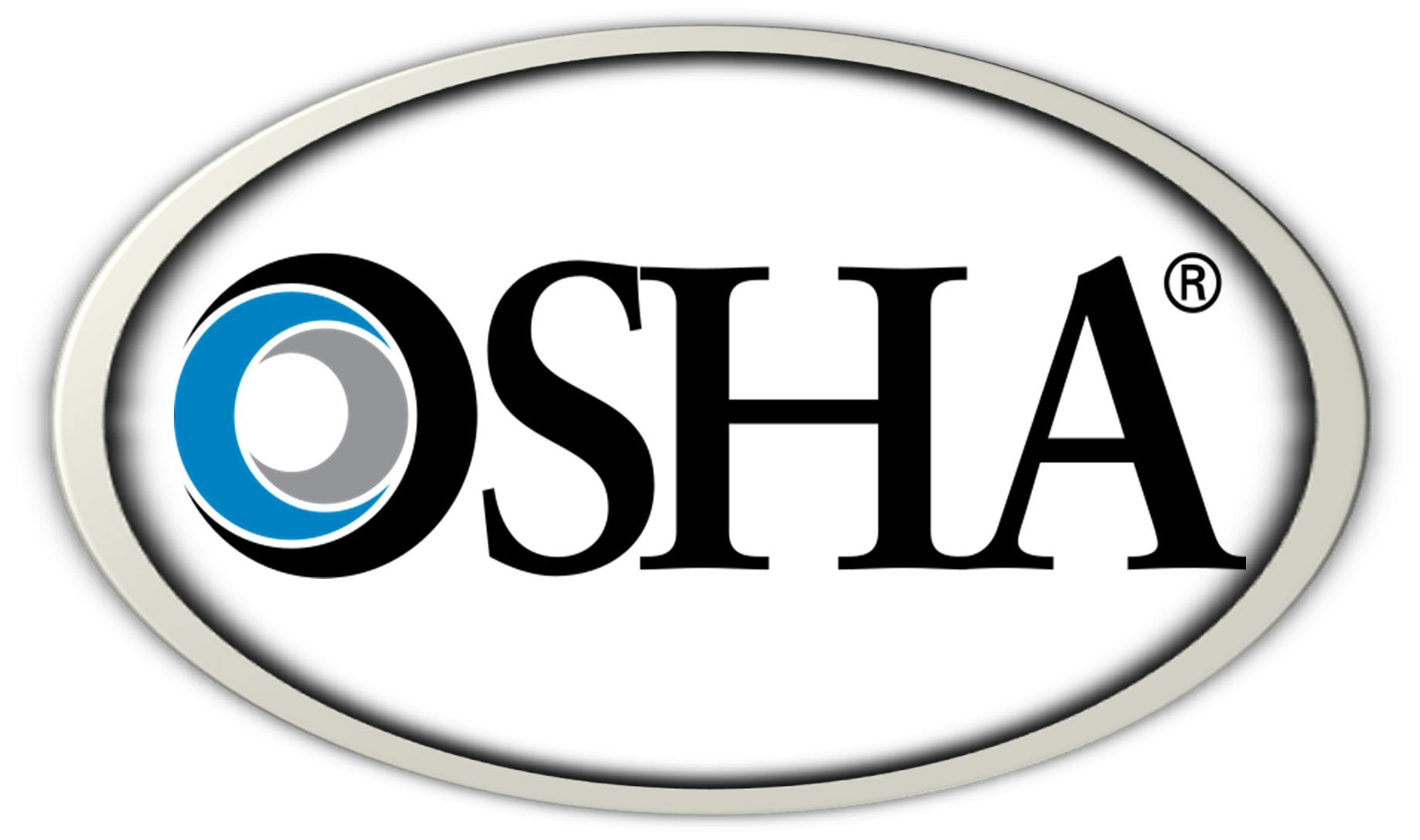By Howard Mavity
It’s not our fault — it’s their fault.
I’m not talking about kindergarten playtime or its “adult” equivalent — politics.
Any time multiple employers are involved, labor and employment matters becomes much more complicated. The classic example is a construction site. OSHA refers to such settings as “multi-employer worksites.”
Multi-employer sites are not limited to construction sites. Do you use temps? Have contractors or consultants performing work onsite? Maintain locations in malls, resorts, or arenas? Host trade shows? Build autos, aircraft or ships? On occasion, every worksite becomes a “multi-employer site.
Sadly, we know that people increasingly do not want to accept blame. It’s much easier to allege that one was mistreated because one has a disability condition under the ADA, complained about wage issues, belonged to a protected group … or is a Mets fan. Well, actually discrimination against Mets fans is encouraged and serves the societal good.
The corporate “blame-game”
But hey, why should corporate entities be excluded?! As we painfully see in the nightly news, corporations can also blame someone else.
Nowhere is this “blame game” more of a problem than in an OSHA inspection. OSHA (Occupational Safety and Health Administration) enters multi-employer site to investigate a workplace death, and everyone is eager to show that they exercised due diligence and complied with the law. Fear of liability and urge to “CYA” rears their ugly heads.
Usually, the first employer OSHA encounters tries to be “helpful” and quickly makes it clear that “it wasn’t our fault!” Unfortunately, some Compliance Officers understandably appreciate the thorough helpfulness of this employer and may rely too much on the one employer’s rendition of facts. After all, most Compliance Officers are swamped and it is all to easy to allow one party to shade the facts.
Factor in that, just as employees may have personal grievances, employers may have pre-existing complaints against one another. As an example, if a general contractor is already justifiably riding a sub contractor about quality or falling behind schedule, the OSHA inspection provides an opportunity to intentionally or inadvertently morph that grievance into, “the general contractor was pushing us too hard … safety fell by the wayside.”
The blame game usually doesn’t work
State and Federal-OSHA follow different variations of a “multi-employer citation policy,” which usually goes like this. Cite the:
- “Exposing employer” (the employee’s actual employer and supervisor);
- “Creating employer,” (created the hazard);
- “Correcting employer,” (has a duty to address the hazard”); or,
- The always vexing “controlling employer,” which encompasses employers with some practical or contractual duty to maintain or oversee safety at the site, or …
- All of the above!
OSHA can, and does cite more than one employer because no employer can delegate its ultimate duty to protect its own employees, and the modern workplace often presents intertwined safety responsibilities. Blaming another employer may not get one off of the hook.
Moreover, OSHA doesn’t focus on employer “intent” to make out a violation, except in determining “willful” or similar classification. Put simply . . . blaming or “bad mouthing” another employer may not protect the blamer from citation.
More importantly, if one employer makes the accident look willful, or the general contractor to look negligent, they may be caught up in this negative portrait because they didn’t exercise due diligence to meet their duties. I.e., why did they rely on this employer that they now so eagerly criticize . . . .
Admittedly, the “blame game” may allow an employer to avoid OSHA citations, but the facts will come out in any later more involved litigation.
Moreover, “Corporate Karma” exists. Often the recipient of the blame is a powerful general contractor or site-owner/customer with a long memory. Being a “blamer” does not seem to be the best corporate marketing strategy. “Burn no bridges …”
Action points
- Review your contracts. Before work begins or another employer comes on site, both parties should set out the “real world” division of safety responsibilities.
- Do not waste time complaining about OSHA’s final Summit decision on “controlling employers.” It’s the law. Read OSHA’s CPL Directive and the Summit decisions. Plan accordingly.
- Weigh risks. It is not wise to shift safety responsibilities to someone else if their errors may affect you.
- Agree in advance about how any governmental investigation will be addressed on site. Compliance Officers are supposed to involve all employers on site, but they can be thwarted.
- Be honest about facts. Avoid “bad mouthing thy corporate brother.” Absolutely set out your role and responsibility, but to put it bluntly …” don’t try to bad mouth” other on-site employers. Dispassionate factual explanation is more effective and credible than the corporate-equivalent of “trash talk.”
- Cooperate, but do not “conspire.” Run your own case. Don’t “agree to a story.”
- Look at the “big picture.” OSHA is merely “the appetizer.” How one handles the OSHA inspection may harm one’s defense in subsequent matters.
This was originally published on Fisher & Phillips’ Workplace Safety and Health Law Blog.
